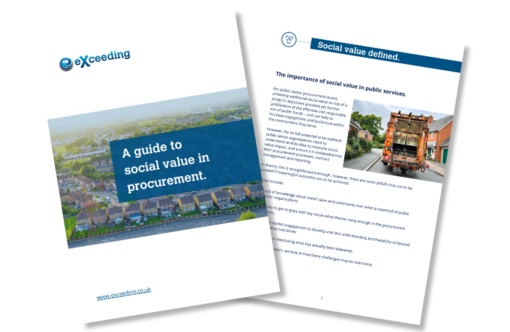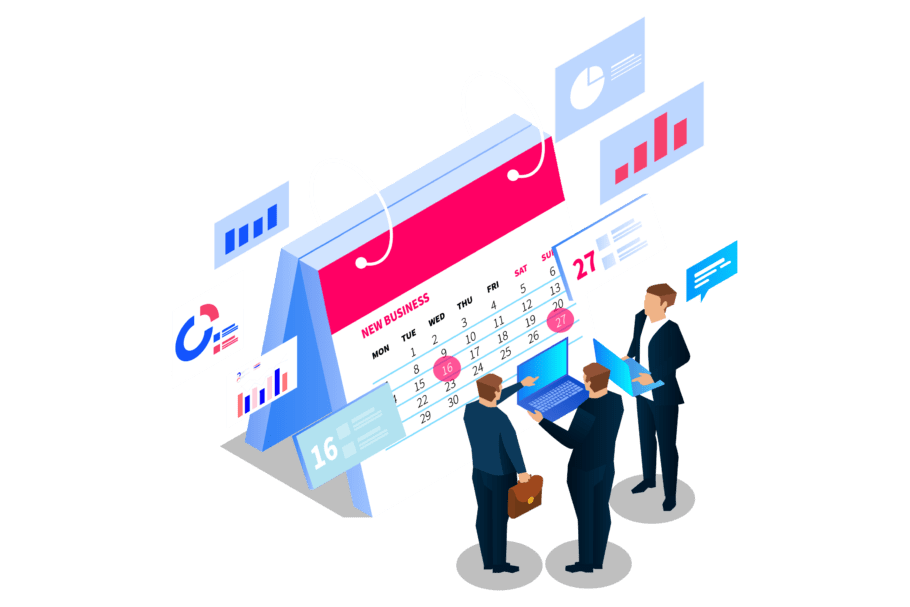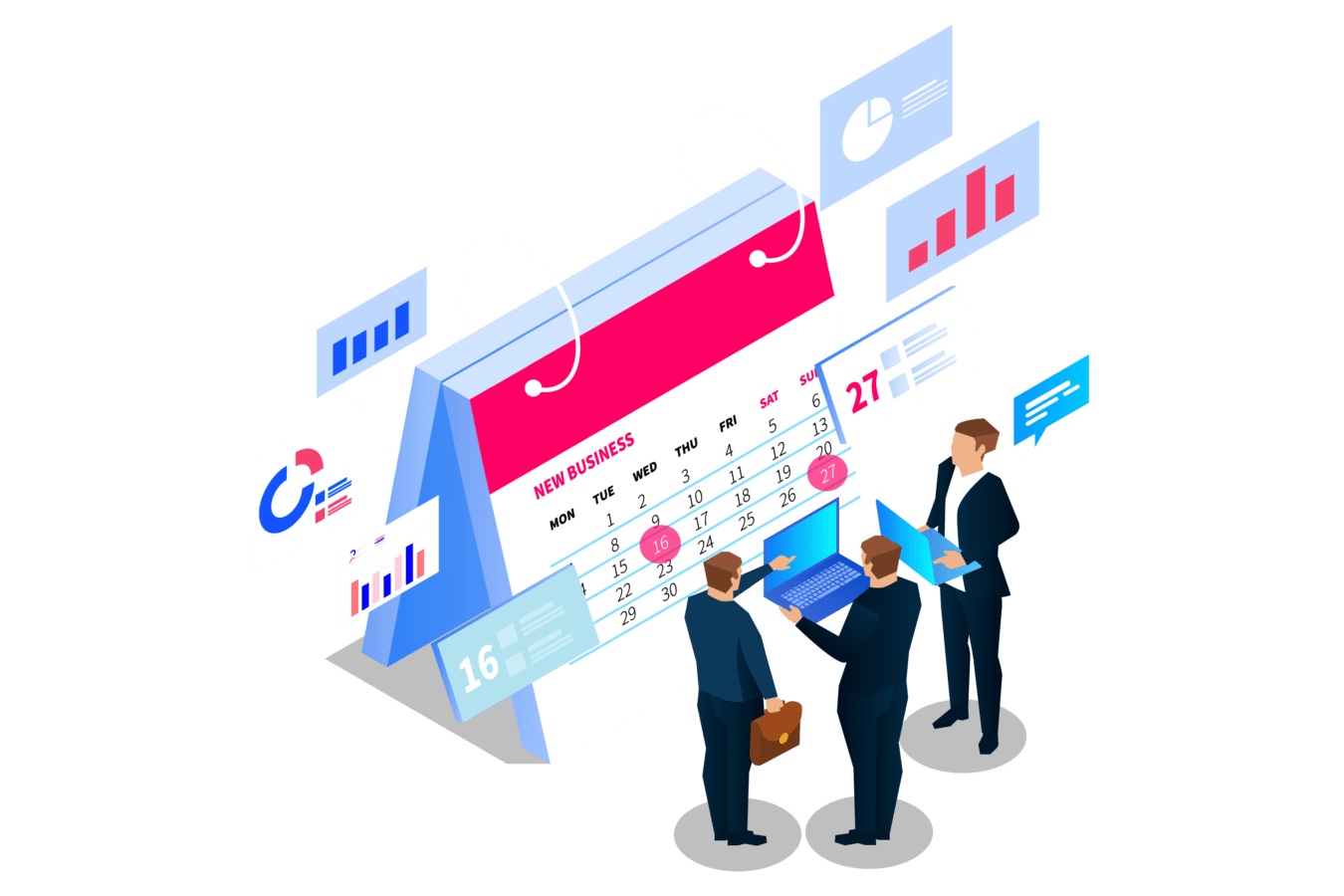How can procurement performance be measured? What are the procurement KPIs that every organisation should adhere to? How can procurement sustainability and diversity be measured? We’ve got the answers!
KPIs (key performance indicators), also known as metrics, are used to assess the effectiveness and efficiency of procurement management. Procurement KPIs can monitor all aspects of buying or acquiring goods and services. They intend to highlight the extent to which procurement strategy contributes to organisation success or where it falls short.
Well-planned KPIs identify cost-cutting possibilities, manage supplier risk, and streamline procurement across organisational units. Using a visual dashboard allows you to track and communicate KPIs in real time, as well as identify opportunities for improvement.
The following are the key procurement KPIs that should be monitored:
KPIs for Cost Savings
Most procurement professionals will agree that cutting costs is their top priority. Cost savings in procurement are the total of negotiated savings and discounts achieved based on an agreed-upon baseline.
Hard Savings
Cost savings are realised by consolidating spending across organisational units or regions. There are two basic methods for achieving hard savings on ongoing purchases: bargaining with the current supplier for a lower price or finding a new supplier with a better deal.
To stay on track with your hard savings, track the following KPIs:
- Cost escalation
- Cost savings
- Commodity Price Fluctuation
- Analysis of “should cost”
- Purchase Price Variance (PPV)
- Benchmarking commodities
Competitive Acquisition
Choosing the right suppliers also results in hard savings! Track the following KPIs to see where you can save money on sourcing and contracts:
- Contract discounts and savings
- Benchmarking and success of suppliers’ rates
- Payment term improvement
Total Ownership Cost
Total cost of ownership (TCO) takes into account all direct and indirect costs incurred throughout the procurement lifecycle. It comprises the purchase price as well as any operational costs, organisational transformation costs, delivery fees, maintenance expenses, and final disposal.
This is an important procurement KPI because it provides a total cost basis for the item or service. It also allows for the comparison of various sourcing options as well as the make-or-buy decision.
- Improvements in productivity
- Costs of operations and delivery performance
- Initiatives for insourcing and outsourcing
Soft Savings
Cost avoidance is defined as “soft savings,” such as avoiding a market price increase through negotiation
- Minimising valuation leakage
- Productivity gains in procurement
KPIs for Spending Under Management
Many large organisations aim to manage up to 80% of their spending! When spending is high, procurement’s impact extends beyond cost savings to improving spend visibility and lowering supplier risk.
- % of total spending managed
The target can be set as an overall percentage or as a percentage of spend under management per organisation unit/region/category of purchases.
- % of total spend managed (by unit)
Another way to look at spend under management is through tail spend analysis: determining which suppliers have the most influence.
- Analysis and classification of tail spend
KPIs for Supplier Performance
One of the primary drivers of procurement is leveraging supplier performance. The goal is to reduce risk, improve performance, manage quality, increase customer value, minimise disruptions, and hold suppliers accountable.
Examples of supplier KPIs include:
- Total spend by supplier
- Audits and corrective measures
- On-time delivery, accuracy in delivery, and defect rate
- Lead time for communication
- Lead time variance, average lead time
- PO and invoice precision
- Contract observance
- Availability of supplies/order fill rate
- The number of claims
Supplier Risk
Continuing to follow up on the number of sole source suppliers can reveal potential supply risks in the event of disruptions. Monitoring the number of suppliers in the database can reveal how many are active, which categories they are in, and where there is unwarranted crossover.
- Amount of suppliers from a single source
Traditionally, the goal has been to reduce the number of suppliers in order to reduce administration costs, but this is changing rapidly as software applications advance. Increased supplier diversity can reduce risk, promote diversity, and meet new market demands.
KPIs for Operations
Operational KPIs seek to determine what is happening in the day-to-day operations in order to identify potential areas for improvement.
Procurement professionals bear the burden of demonstrating the outcomes and value of procurement. To demonstrate this, you can identify which processes, people, or systems are performing well and which are not, allowing you to take corrective action and focus on what is most important.
Procurement Return On Investment (ROI) illustrates the relationship between procurement costs and savings or value added.
Another metric for procurement efficiency is cycle time. Cycle time measures how long it takes to complete a specific task or activity. The sooner you sign a contract or start a project, the sooner you can begin saving money and pleasing your stakeholders.
- Cycle time
- Time to award a tender based on the sourcing request
- Time to negotiate a contract after the tender is awarded
Other operational KPIs are as follows:
- Number of suppliers, invoices, and purchase orders approved
- Emergency purchase rate
- Inventory worth
- PO coverage and cycle time
- Contract protection
- Payment term average and precision
Employee-Specific KPIs
Leading procurement organisations use key performance indicators (KPIs) to measure employee performance, which also serves as the foundation for their reward programmes.
Because they are based on human efforts and behaviours, these metrics are not as reliable as operational or cost-cutting KPIs. To establish employee KPIs, it is necessary to benchmark within the industry in order to create a baseline.
Employee-specific KPIs include:
- Employee cost savings
- Per employee, the number of suppliers and sourcing projects managed
- Contracts maintained per employee
- Number of new contracts per employee that are negotiated
- Employee training hours
- Internal customer satisfaction metrics
KPIs for Sustainability
The process of establishing KPIs for sustainable buying is ongoing. The evaluation of ethical sourcing at suppliers is changing. Social responsibility, labour practises, workplace safety, non-discrimination, modern slavery, anti-bribery, the environmental impact of transportation and logistics, utilities, and water conservation are areas of focus.
KPIs for sustainability include:
- Adherence to the UN Global Conduct and the Code of Conduct
- Commitment to environmental regulations
- Number of suppliers audited
- CO2 emissions reduced
- Reduction of waste and plastic
Sustainable sourcing will continue to evolve, and KPIs must keep up.
Case study

Capco is one of the largest listed property companies in central London, with key assets including the landmark Covent Garden estate and the development of Earls Court. They had a longstanding, outsourced IT managed services support contract however, following acquisition of the original support provider by another organisation, concerns were being raised within Capco regarding the quality of service being provided by the newly merged companies.
We identified 3 key challenges which needed to be addressed in order to understand the incumbent’s contract and then seek to improve on their current situation:
- Business critical systems with inappropriate and out of date outsourced support contracts
- Lack of service management and marketplace knowledge in-house
- Short timescale to take advantage of a natural contract break point
We designed a two-stage PQQ and RFP service provider selection process. This involved a KPI review and evaluation of bidders responses to assess cultural fit, set expectations and select the ultimate service provider.
The process resulted in significant time and cost savings, and improved contracts, which are now enabling Capco to improve on their internal processes and service delivery.
They are now satisfied they have found a reliable resource in us for future contract compliance reviews and new opportunities or needs that arise.
Conclusion
There is no definitive list or ranking of the most important procurement key performance indicators (KPIs). Some are more essential than others in various industries.
Assessing the quantity of undamaged shipments, delivery accuracy, and on-time deliveries, for example, is critical in retail e-commerce but less so in professional services. Customer satisfaction and level of service may be more pertinent for professional services.
Procurement organisations are investing in software-as-a-service (SaaS) technologies to identify spend analysis, P2P transactional tracking, supplier relationship management, and contract lifecycle management as the trend toward managing a larger number of KPIs grows.




